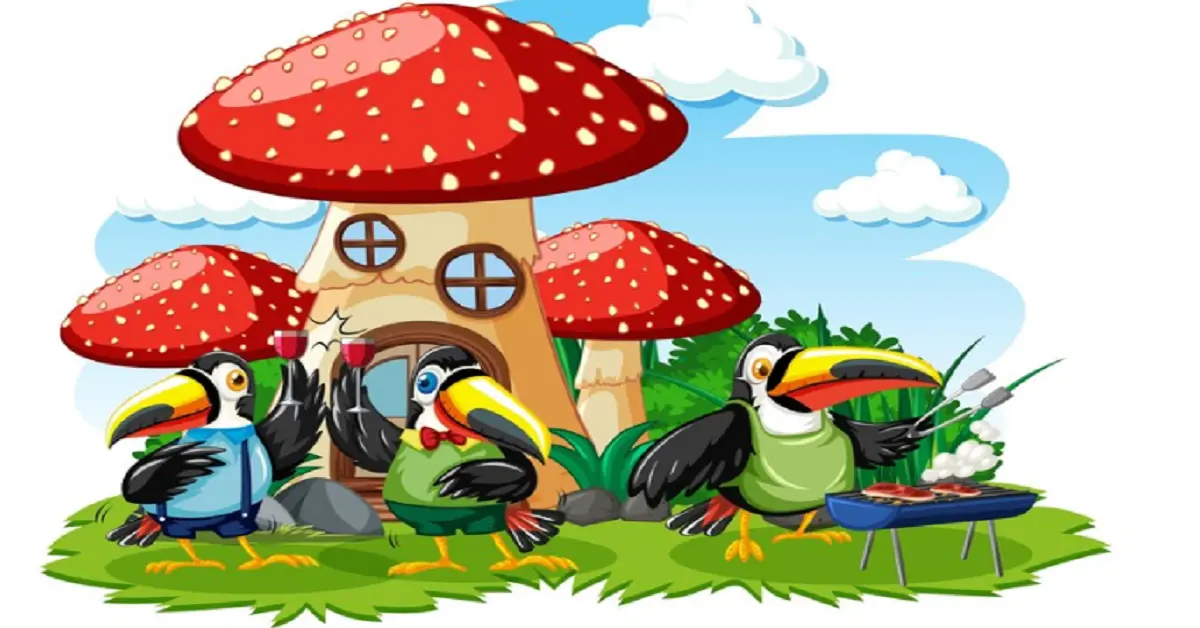Drawing: Mushroom

Introduction
drawing:plcxcsjeqpq= mushroom .Drawing is a gateway to endless creativity. Whether you’re sketching a landscape, a portrait, or something as simple as a mushroom, the act of drawing allows you to express yourself in ways words often can’t. So, why mushrooms? These fascinating fungi are not just for foragers and cooks; they’re also a delight for artists. Their unique shapes, textures, and colors make them a captivating subject to draw.
Understanding the Basics of Mushroom Drawing
The Appeal of Mushrooms in Art
Mushrooms have a mysterious, almost magical quality that has intrigued artists for centuries. Whether it’s their delicate gills, the wide variety of shapes and sizes, or their connection to nature, mushrooms offer a rich source of inspiration. drawing:plcxcsjeqpq= mushroom
Varieties of Mushrooms You Can Draw
From the classic toadstool with its bright red cap to the delicate morel with its honeycomb-like structure, mushrooms come in an incredible array of forms. Each type offers something unique, whether it’s the color, texture, or the overall shape, giving you endless possibilities for your drawings.
The Role of Mushrooms in Different Art Movements
Mushrooms have popped up in various art movements, from the whimsical illustrations of fairy tales to the surrealism of the 20th century. They’ve been symbols of nature, magic, and even the unknown, making them a versatile subject in the art world.
Tools and Materials Needed for Mushroom Drawing
Traditional Drawing Tools
To get started, you’ll need some basic tools. A set of graphite pencils, an eraser, and good quality paper are essential. If you want to add color, colored pencils, watercolors, or markers can bring your mushroom to life.
Digital Tools for Drawing Mushrooms
For those who prefer digital art, a tablet and stylus with a drawing app like Procreate or Adobe Fresco are perfect. Digital tools allow for easy corrections and experimenting with different styles and techniques.
Step-by-Step Guide to Drawing a Mushroom
Observing Real Mushrooms
Before you put pencil to paper, it’s crucial to observe your subject. Whether you’re looking at a real mushroom or a photograph, take note of the details.
Identifying Key Features of Mushrooms
Look closely at the shape of the cap, the texture of the stem, and the gills underneath. Each mushroom has its own unique features that will make your drawing stand out.
Capturing Texture and Color
Mushrooms can be smooth, rough, shiny, or matte. Capturing these textures will add realism to your drawing. Pay attention to the colors too; mushrooms aren’t just brown or gray—they can be vibrant and colorful. drawing:plcxcsjeqpq= mushroom
Sketching the Basic Shape
Now that you’ve studied your mushroom, start by sketching the basic shapes.
Drawing the Cap
The cap is usually the most prominent part of the mushroom. Start by drawing a simple dome shape. Depending on the type of mushroom, this shape might be more rounded or flat.
Adding the Stem
Next, draw the stem. It’s usually cylindrical, but like the cap, it can vary in thickness and length. Make sure to connect it naturally to the cap.
Adding Details and Refining the Drawing
This is where your mushroom really starts to take shape.
Creating Shadows and Highlights
Shadows and highlights add depth to your drawing. Consider where the light source is coming from and shade accordingly. The gills under the cap and the base of the stem are great places to add some shadow.
Final Touches to Bring the Drawing to Life
Finally, refine the edges, add any last details like small imperfections, and maybe even some surrounding grass or leaves to complete the scene.
Exploring Creative Mushroom Drawing Techniques
Experimenting with Different Styles
Mushroom drawings don’t have to be realistic. You can play around with different styles to find what resonates with you.
Realistic Mushroom Drawing
For a more detailed and lifelike drawing, focus on the textures, shadows, and intricate details of the mushroom.
Cartoon or Abstract Mushrooms
If you’re feeling whimsical, try drawing cartoonish or abstract mushrooms. Exaggerate features, use bright colors, or distort the shapes to create something entirely unique.
Using Mushrooms in Illustrative Scenes
Mushrooms are more than just standalone subjects—they can be part of a larger scene.
Mushrooms in Fantasy Art
Mushrooms are often featured in fantasy art, serving as homes for tiny creatures or growing in magical forests. Let your imagination run wild and create a fantastical world where mushrooms play a central role.
Mushrooms as Part of a Forest Landscape
Incorporating mushrooms into a forest scene adds an element of realism and ties the scene together. Whether they’re in the foreground as the main subject or scattered in the background, mushrooms can add depth and interest to your landscape drawings.
Common Mistakes to Avoid When Drawing Mushrooms
Overcomplicating the Shapes
Mushrooms have simple shapes, so try not to overcomplicate them. Stick to the basic forms and add details gradually.
Ignoring Light and Shadow
Ignoring light and shadow can make your drawing look flat. Always consider where your light source is and how it affects the mushroom’s form.
Forgetting to Add Texture
Texture is key in mushroom drawing. Without it, your drawing might lack realism. Use different shading techniques to capture the unique surface of the mushroom.
Conclusion
drawing:plcxcsjeqpq= mushroom .Drawing mushrooms is a rewarding experience that combines simplicity with the potential for great creativity. Whether you’re aiming for realism or something more abstract, mushrooms offer endless opportunities to explore your artistic side. So grab your pencils, or your tablet, and start drawing! The world of mushrooms is waiting for you to bring it to life on the page.